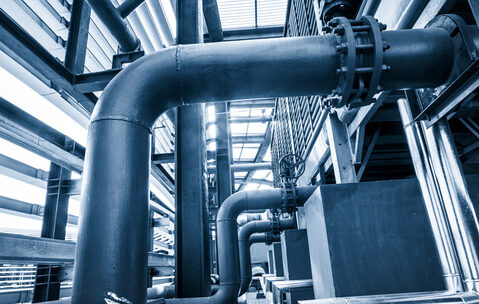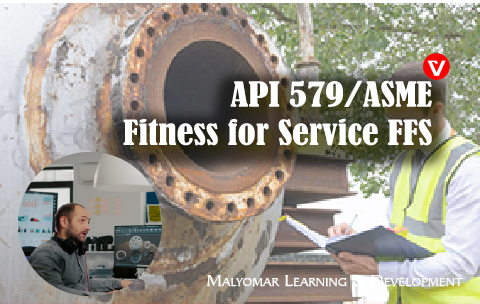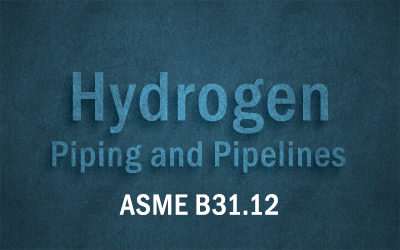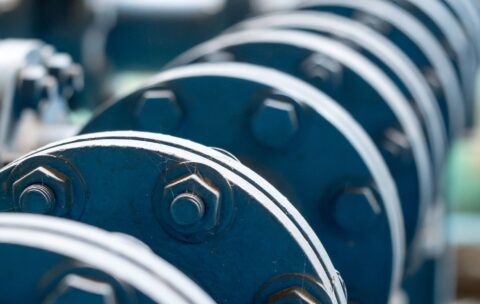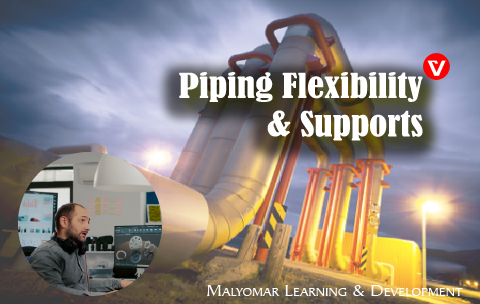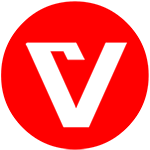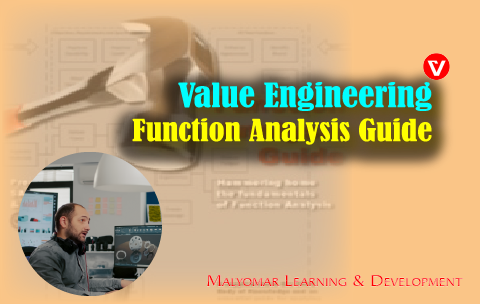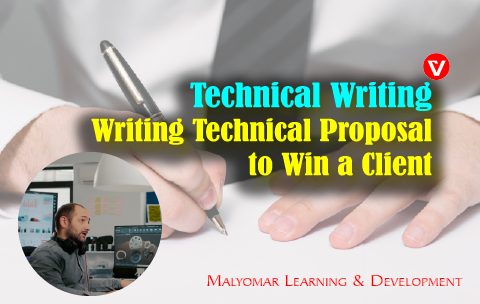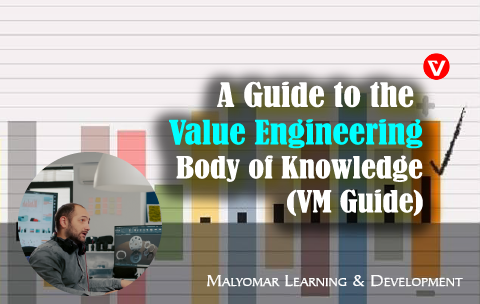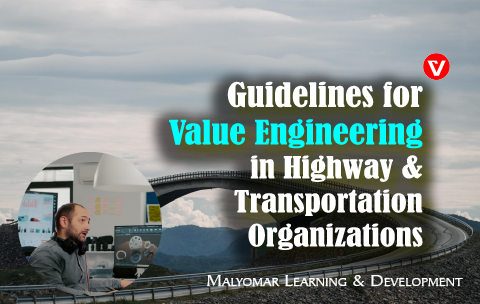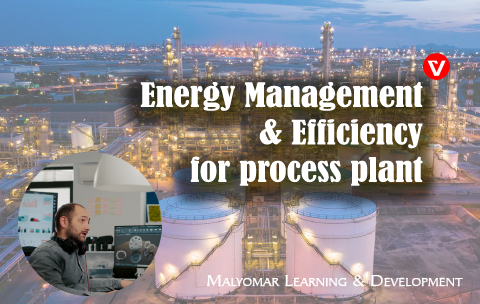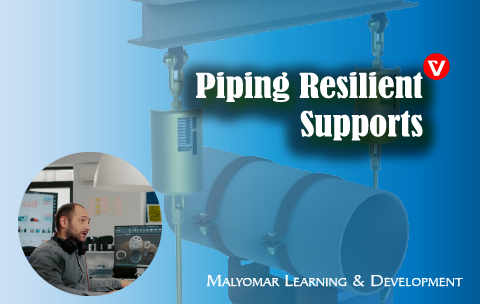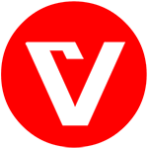Popular Topics
Piping
pipeline
Plant Assets.
Hydrogen
Value Management
Stress
Function Analysis System Techniques
Damper
Process Plant Disasters
Piping Maintenance
Spring Support
Flexible joint
Flexible bellow
refinery accidents.
Spring hanger
Energy Audit
Plant Layout
Root Cause Analysis
HAZOP
Flexibility
Piping Procurement
Quality Management
Lessons Learned
Piping Installation
Innovation.
FAST
Energy; Energy management; Energy Efficiency;
ASME
Transportation Industry
Energy systems
Value Methodology
value engineering
Wend Energy
RCA
Bid
Renewable Energy
Highway construction
Wind Turbine
piping workflow
piping schedule
Tender
Value Analysis
problem solving
SAVE International
Lead Engineer
project management
Construction
proposal
Popular Instructors
All Training Format Courses
B31.3 Process Piping
What you'll learn
Identify the responsibilities of personnel involved in the design, fabrication, assembly, erection, examination, inspection, and testing of process piping
Describe the scope and technical requirements of the ASME B31.3 Code
Apply and implement the quality requirements that are defined in the ASME B31.3 Code
Function Analysis Guide
What you'll learn
Provide strong background on Value Engineering in highway and transportation.
Support in establishment of Organization VE program.
Train VE team on program management.
Writing Technical Proposal to attract and win clients
What you'll learn
Understanding the core of your business
Enhancing proposal writing process
Client management
Intermediate
FAST Creativity and innovation, Rapidly Improving Processes, Product Development and Solving Complex Problems
3,500 EGP
FAST Creativity and innovation, Rapidly Improving Processes, Product Development and Solving Complex Problems
What you'll learn
Rapidly improving process, product development and solving complex problems
A Guide to the Value Methodology Body of Knowledge (VM Guide)
What you'll learn
Provide strong background on Value Engineering in highway and transportation.
Support in establishment of Organization VE program.
Train VE team on program management.
Guidelines for Value Engineering in Highway and Transportation Organizations
What you'll learn
Provide strong background on Value Engineering in highway and transportation.
Support in establishment of Organization VE program.
Train VE team on program management.
Wind Energy, from academic and Industrial perspectives
What you'll learn
Shed a light on renewable energy.
Increase trainee awareness for wind energy.
Provide Engineering background on wind turbine design from mechanical and civil perspectives.
Energy Management and Efficiency for process plant
What you'll learn
provide a concise overview of energy management principles and techniques for the process industries.
Be aware of international standards relevant to Energy Management.
Train team on program management.
Intermediate
Piping Resilient Supports. Selection, Spec’s, Procurement, Installation and Maintenance
12,000 EGP
Piping Resilient Supports. Selection, Spec’s, Procurement, Installation and Maintenance
What you'll learn
Covers the whole cycle of resilient support, starting by design and ends at maintenance.
Understanding the true function and clear the popular myth.
Change the focus on pipe support from just a member to important asset.
Piping Flexibility and Support
What you'll learn
Paving the way of piping designer to consider code provision.
Provide mandatory introduction to piping stress engineering.
Complete awareness on piping supporting system for construction and maintenance engineers.
Intermediate
ASME BPV Code, Section VIII, Division 2: Design & Fabrication of Pressure Vessels
11,980 EGP
ASME BPV Code, Section VIII, Division 2: Design & Fabrication of Pressure Vessels
What you'll learn
Explain how the requirements of Divisions 1 and 2 of Section VIII compare
Explain the theories of failure and design margins of various codes
Identify the general requirements of the new Division 2
Describe design rules and stress analysis methods
Explain fatigue analysis
Identify materials and fabrication requirements
Identify NDE requirements, pressure testing, and pressure relief requirements
Fundamentals of Pumps and Their Selection for Optimum System Performance
What you'll learn
Calculate the pressure loss in a pipeline due to friction for circular and non circular ducts
Determine the pipe diameter that minimizes first plus operating costs of a piping system
Generate a system curve for a pipeline
Identify the testing methods used to obtain a performance map for a centrifugal pump
Employ the system curve to select an efficient centrifugal pump
Explain how to predict when cavitation will occur and identify the necessary steps to avoid it
Explain how to use dimensional analysis to correlate experimental data for a pump
Explain how the specific speed is determined
Apply affinity laws to predict off-design behavior for a pump
Identify types of positive displacement pumps
Examine common methods of measuring flow rate in a pipeline
Identify the types of meters available for flow rate measurement
Generate calibration curves for venturi, orifice, and elbow meters
Describe the different types of valves that are commercially available
Explain how to select the correct valve for a piping system
Identify and avoid problems by selecting the correct valve
Explain how to install, operate and maintain valves
Describe the process of diagnosing and troubleshooting valve problems
B31.1 Power Piping
What you'll learn
Identify the difference between “Design by Rule” and “Design by Analysis” codes.
Discover the principal failure modes of piping components and where to look for them.
Recognize the difference between pressure component design and structural design.
Investigate the importance of piping flexibility.
Discuss how to develop stress intensification factors.
Recognize how to qualify nonstandard fittings and joints.
Identify materials selection and limitations, fabrication rules and their bases
Explain welding qualification requirements, inspection, examination, and testing requirements
Identify the Code requirements for power piping maintenance
Bolted Joints and Gasket Behavior
What you'll learn
Explain how the bolted joint functions as a mechanical system that relies on the simultaneous interaction of the three primary components to successfully seal the connection
Assess the mechanical stress and strain of a bolt and explain the challenges that one encounters when specifying an optimum bolt load
Evaluate the total state of stress in bolts and how this effects the selection of a given bolt type and grade
Describe the effects of in-service conditions and how they reduce or increase bolt load
Describe the concept of leak tightness as a predictable value of gasket stress and how to use leak tightness as the basis of specifying bolt loads
Identify conditions that create bolt failure
Use ASME PCC-1 Guidelines for compliance to successful sealing of bolted, gasketed connections
Discern how to use either stress or strain to select bolt load
Evaluate the various methods of attaining bolt load.
B31.8 Gas Transmission & Distribution Piping System
What you'll learn
Explain the causes and modes of pipeline failure
Describe the considerations for material specifications, pipe manufacturing, and pipe joining
Estimate pipeline stresses from external loading
Explain how to evaluate pipeline defects
Identify pipeline repair techniques
Identify the elements of pipeline integrity
Explain how code requirements address these issues
Explain the differences between B31.8 and US DOT gas pipeline regulations
Design of Bolted Flange Joints
What you'll learn
You Will Learn To
Develop an awareness of flange types and the ASME codes and standards applicable for bolted flange joint design
Enhance your knowledge for designing and analyzing bolted flange joints
Explain how the flange design interacts with bolts and gaskets to achieve a leak tight joint
Identify the parameters that can affect flange sealing along with methods to troubleshoot and remediate flange leakage

